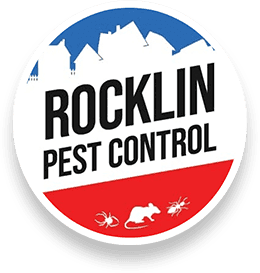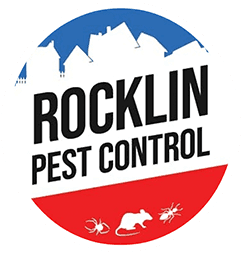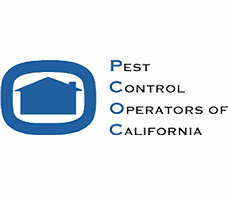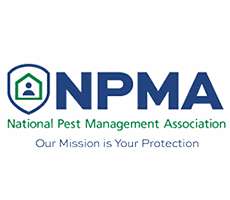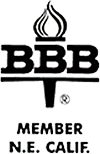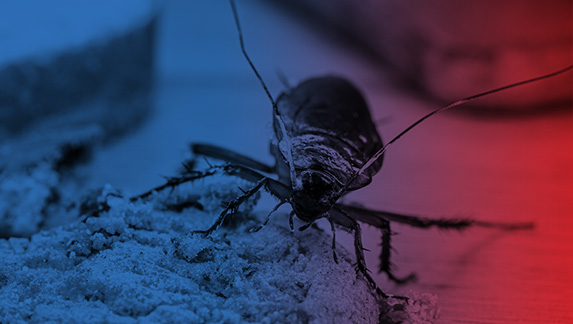
Rocklin Bird Control & Bird Removal
Serving Roseville, Folsom, Citrus Heights, & the Surrounding Areas
If you think you need help in removing or relocating nuisance birds in and around your property, give the good people of Rocklin Pest Control a call.
While they specialize in more common pests such as termites, rats, and roaches, they can also just as easily help you with your bird problems.
Servicing the neighborhoods of Rocklin, Roseville, and Folsom, as well as other nearby communities for over 20 years, Rocklin Pest Control brings to the table 20 years of experience and expertise.
Which Birds Are Actually Considered as Pests? (And Why Are They So Dangerous?)
Although not universally reviled as cockroaches, rats, or mosquitoes, only some bird species are considered true pests. While most birds might be accepted and welcomed by homeowners, there are a few that are considered nuisances and dangers to human safety.
Not only do these kinds of birds carry diseases—some dangerous enough to be transmitted to humans—but they can also some serious damage to residential and commercial property.
The problem is that a number of these bird species are not actually native to North America. What this means is these birds—specifically, pigeons, house sparrows, and starlings—have no natural predators and therefore, have nothing to keep their population growth in check.
One bird by itself isn’t much of a problem, but entire populations can have adverse and significant effects on both human health and safety.
First of all, large populations of birds mean they can produce large amounts of bird droppings—droppings that can cause damage and deterioration to property, vehicles, and other structures.
Another reason why unchecked populations of birds can be dangerous: their nests. Birds commonly build their nests within pipes, chimneys, or areas near power connections. This is not only a serious fire hazard but also a cause of clogged pipes and electrical outages.
Lastly, bird activity in the area can also attract secondary pests such as gnats, mealybugs, mites, and slugs, among others.
Need Professional Bird Removal in Rocklin? Consultations are always FREE, so get in touch with our team or call us during office hours at (916) 884-6114.

Highly Regarded In Our Community
Why Do I Have an Infestation of Nuisance Birds at Home?
Just like any other pest that comes to invade our homes, birds too will find something attractive about your domicile.
Usually it’s proximity to food (which can be grains and seeds, our discarded food, or a teeming insect population. Outdoor cafes/restaurants, parks, and picnic spots are also great places for birds to forage and find food, as we commonly see them diligently collecting our leftovers and garbage.
Homes (or areas relatively close to our homes) can also be great potential nesting sites, especially if these birds can go about their business relatively undisturbed or unnoticed. Abandoned areas of farms or buildings can be obvious choices, but birds can also start building nests in and around ventilation systems, attics, louvers, and crevices. Window-mounted air conditioners are favorite nest locations, in particular.
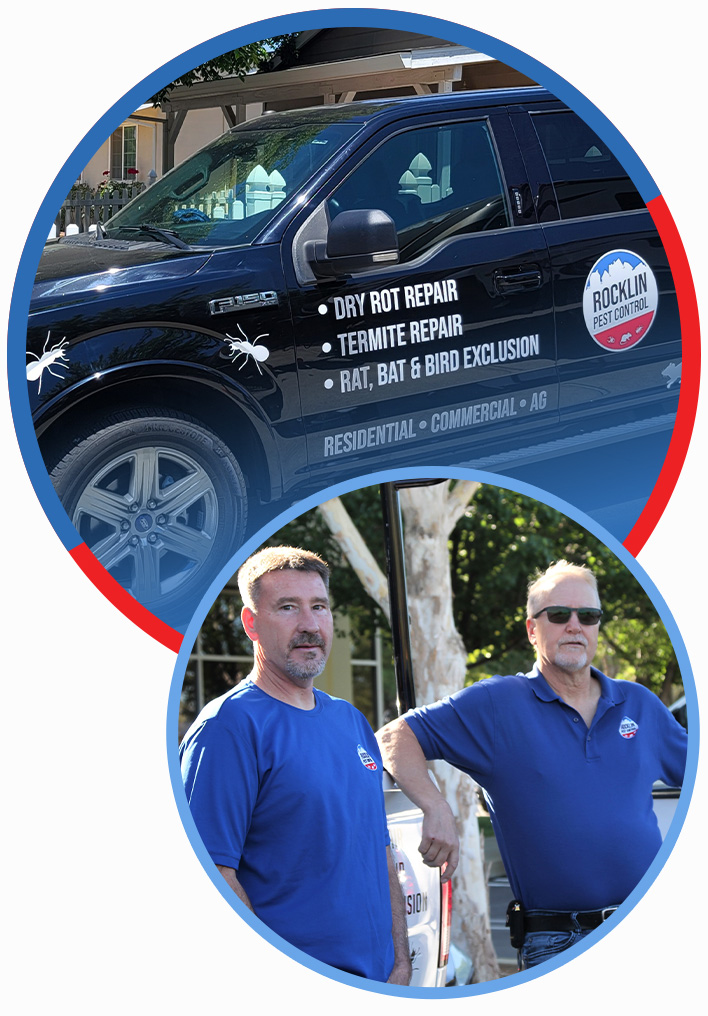

What Sets Us Apart? Trust the Pros
-
We offer free consultations and limited termite inspections for homeowners.
-
We have been serving the local area for over 20 years.
-
Our team of professionals has decades of experience in the industry.
-
We offer a variety of Programs for you to choose from.
-
Our "no additional cost" warranty on maintenance means if the bugs come back, so do we.
-
We strive to offer quality service with a reputation for integrity, and we stand by our word.

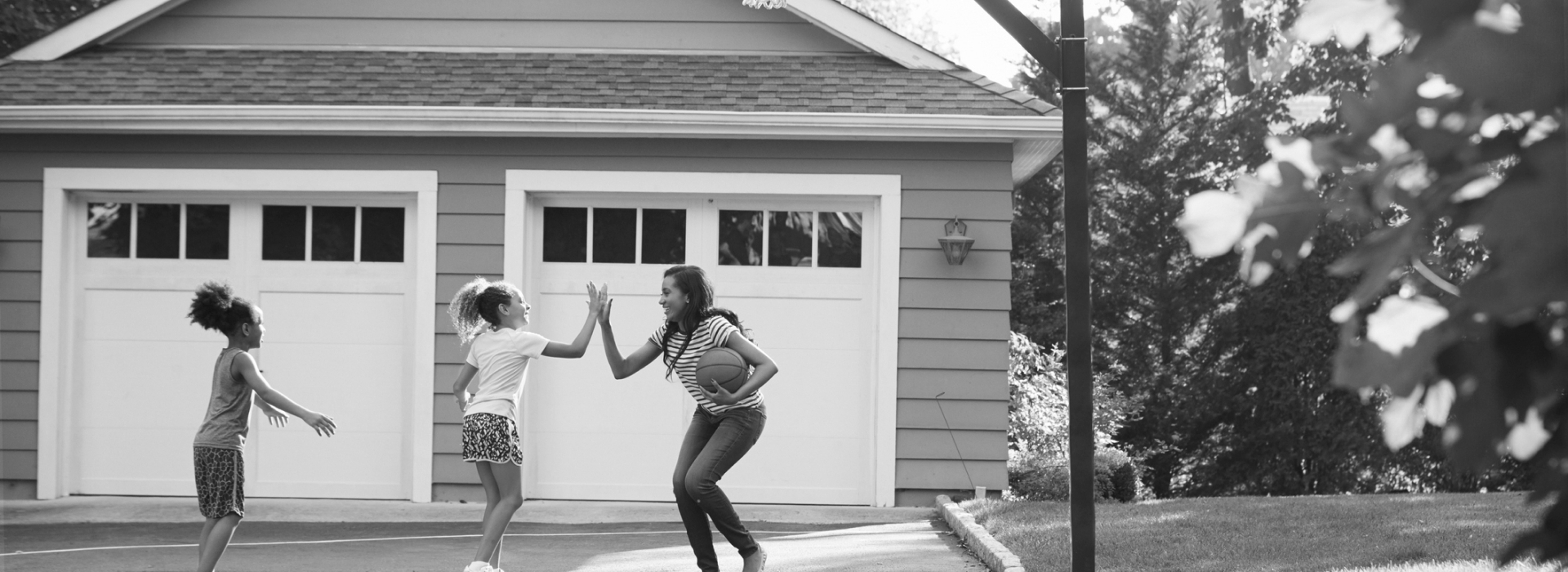
Highly Rated By Friends & Neighbors
-
He was very thorough and polite. Trudy G.
-
They came out , did a complete inspection with photos and a detailed report. Glen C. Roseville, CA
-
I highly recommend this company to anyone in need of pest control. Larry G. Sacramento, CA
-
They Do a Thorough Job Each Visit Rosina K.
-
They Are One of a Kind Patricia F.
-
Don and Dave Are Great! Tyler Q.
-
I Am Very Happy With Their Level of Service Valleri C.
-
Fleas Have Disappeared Like Magic Suzan H.
-
Highly Recommend! JB H.
Which Bird Species Are Considered Pests?
It’s important to note that not all birds are categorized as pests. However, the following birds are typically considered nuisance animals (some more than others) by many homeowners, and can, therefore, be considered pests.
- Crows
- European Starlings
- House Sparrows
- Pigeons
- Waterfowl (Ducks and Geese)
- Woodpeckers

